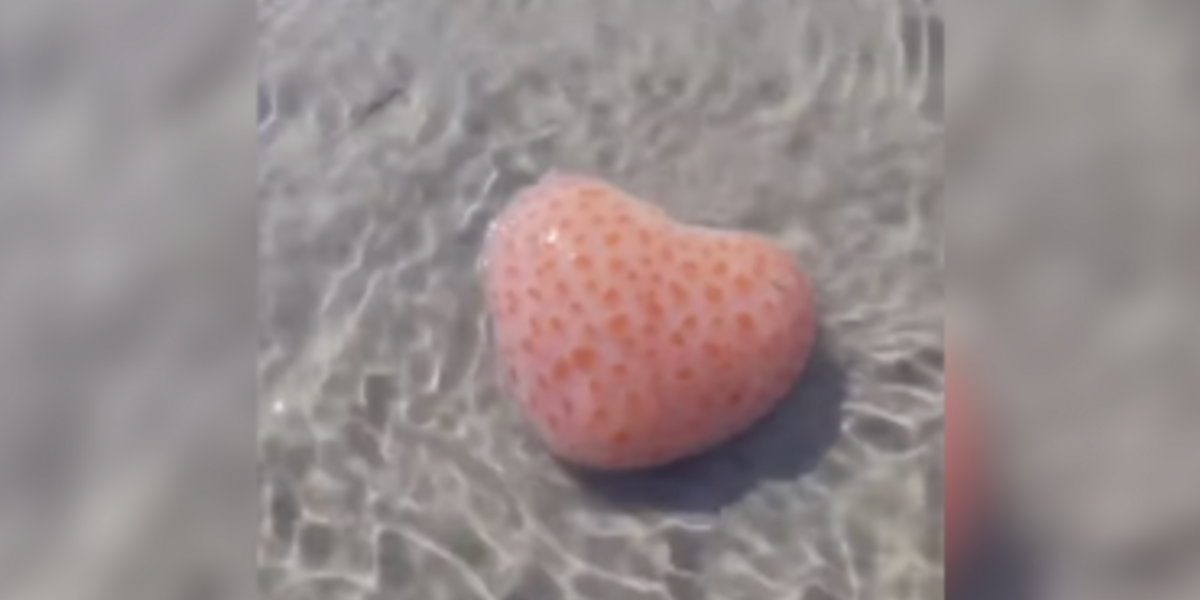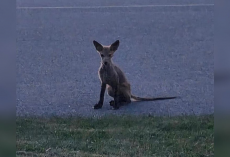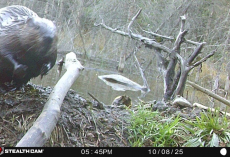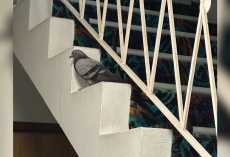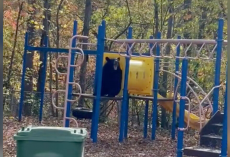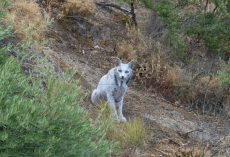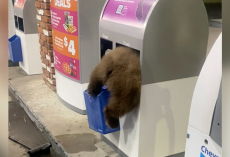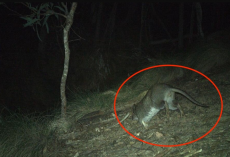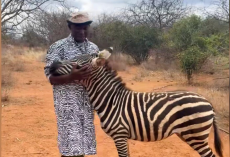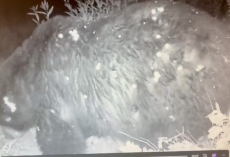A few months ago, a woman strolling along the beach stopped in her tracks.
There, in the shallow surf, was something she’d never seen before — a small, jelly-like blob, shaped perfectly like a heart.
Curious and a little baffled, she recorded a video and sent it to Jillian Daly, a marine science communicator known for identifying ocean oddities on Instagram.
It didn’t take Daly long to solve the mystery.
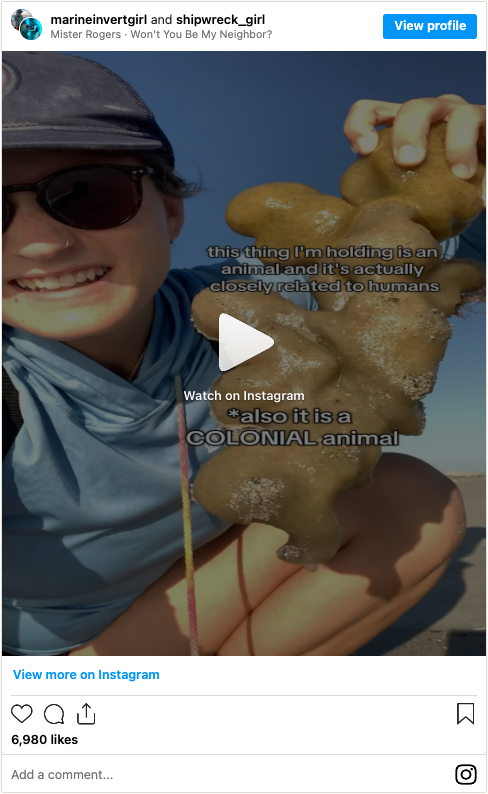
The strange heart wasn’t man-made or coral or jellyfish — it was something far more fascinating: a sea pork.
Sea porks are a species of tunicate, a group of squishy, filter-feeding ocean invertebrates that often go unnoticed by beachcombers. Though there are more than 3,000 tunicate species, most people have never heard of them.
“Tunicates are marine filter feeders whose bodies are basically sacks or tubes that draw in and expel water, snagging tiny particles of floating stuff to eat,” explains the Santa Barbara Museum of Natural History.
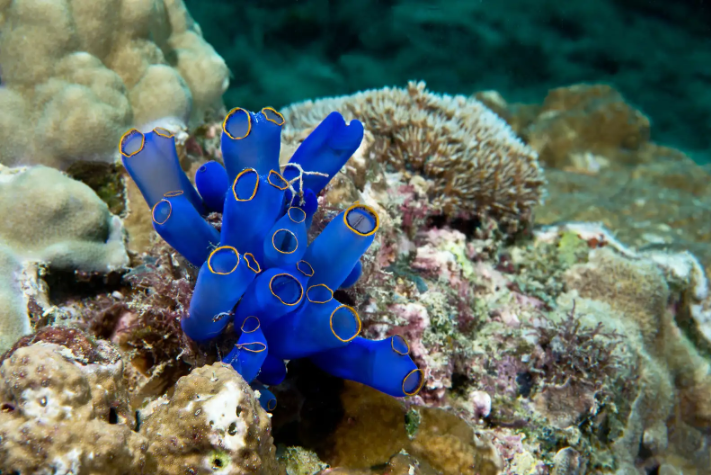
According to Daly, these strange creatures often wash up on shore after storms. “You’ve probably seen one before,” she said, “just without realizing what it was.”
Their name comes from the word “tunic”, referring to their flexible outer covering — a kind of natural exoskeleton that varies widely from one species to another.
Because of their unique textures and colors, tunicates have picked up some equally unique nicknames: sea tulip, sea pineapple, sea liver, and yes — sea pork.
So how did this one end up shaped like a heart?
Because tunicates are soft, boneless invertebrates, their bodies can form all kinds of shapes — long, blob-like, or even beautifully symmetrical, like the one this woman discovered.
And as alien as they might look, tunicates are actually closer to humans than you might think. In their larval stage, they develop a structure similar to a spine, making them our closest invertebrate relatives — even closer than crabs, butterflies, or octopuses.
“By far the wackiest fact about tunicates is that of all marine invertebrates, they’re the most closely related to humans and other vertebrates,” the Santa Barbara Museum of Natural History notes.
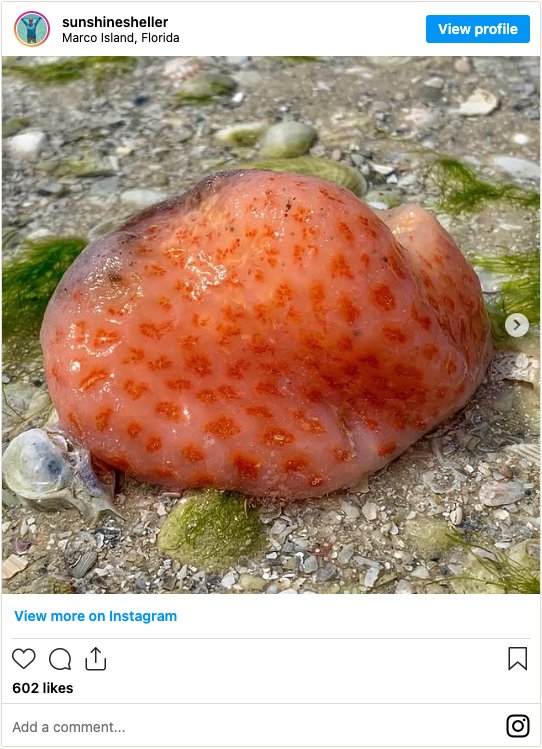
So next time you’re walking along the beach after a storm, keep an eye out.
You might just find a little piece of the ocean shaped like a heart — and, surprisingly, a distant cousin, too.

